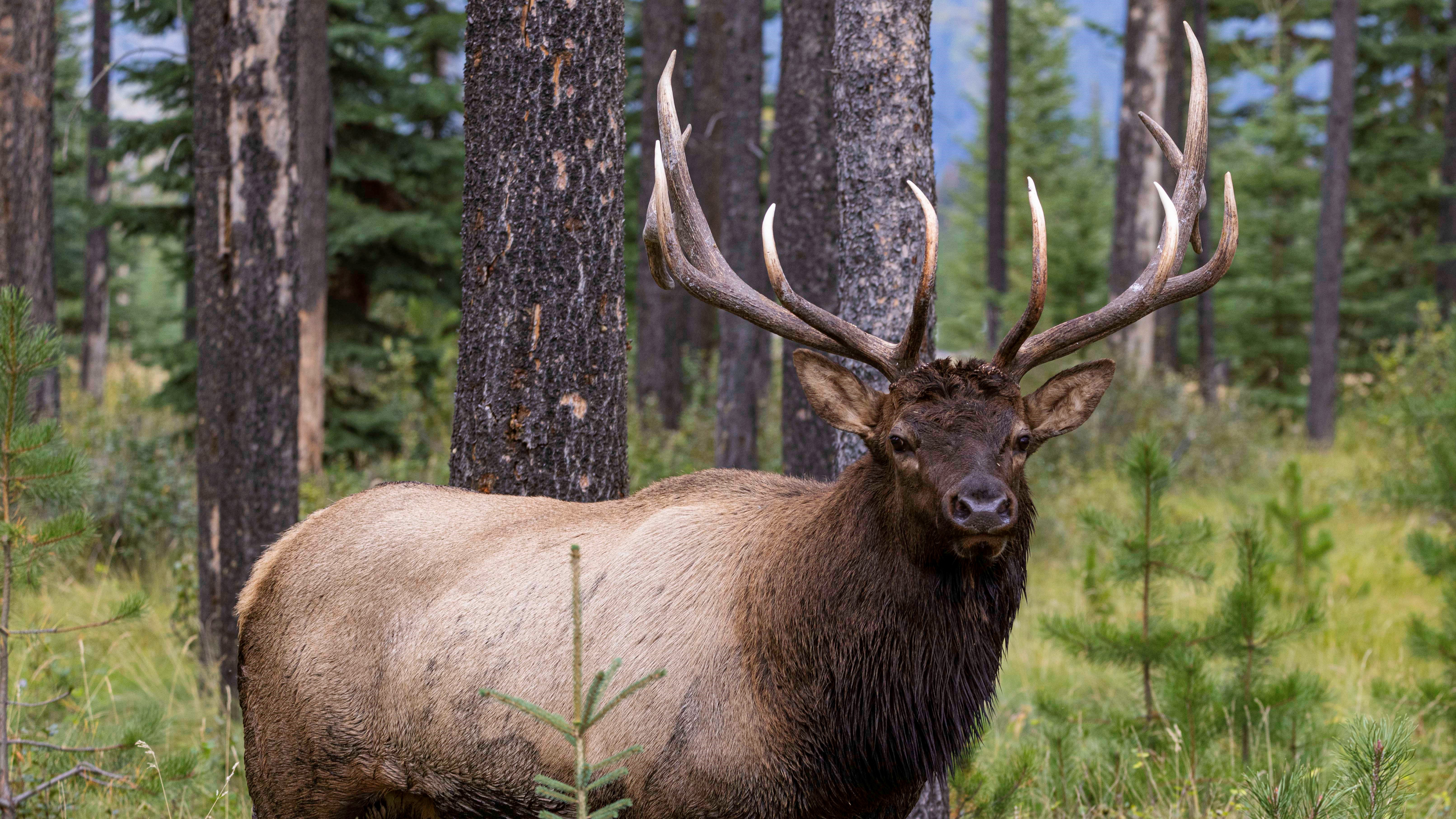
A couple have been spotted posing for selfies with a bull elk at Jasper National Park, Canada, while holding their baby. They have approached within a few feet of the animal, which doesn't charge, but is clearly distracted by their presence and watching intently.
Elk are usually docile and prefer to avoid close encounters with humans, but like all wild animals they can become unpredictable when threatened, and turning your back to take a selfie means you're unable to react quickly if the mood changes.
This particular incident was caught on camera by another park visitor, Bryce D'Andrea. He shared the resulting video (which you can watch below) with Instagram account TouronsOfYellowstone, which calls out bad behavior at National Parks around the world.
There has been a spate of incidents involving elk and deer in recent weeks, with visitors to National Parks throughout North America straying too close to calves, coming too close to take photos, and even loading newborn animals into their cars in the mistaken belief that they've been abandoned.
Elk safety
Males (known as bulls) can be particularly aggressive during the mating season, known as the rut, which takes place in the fall. Females (cows) are most unpredictable during the spring and early summer, when they are protecting their calves.
Sometimes a young elk may seem to be alone, but its mother is usually nearby, having left the calf in scrub or long grass for safety while she forages. The cow is often behind the calf, and may seem to charge out of nowhere if a well-meaning hiker approaches.
"They may sometimes appear unconcerned by our presence, but all park animals are unpredictable and potentially dangerous," says Parks Canada. "Do not approach or entice wildlife. Use binoculars or a telephoto lens instead."
For more advice, see our guides wildlife safety: eight tips for unexpected encounters and how to enjoy elk rutting season safely.
- The best hiking sandals: cool and comfortable footwear tested on the trails







